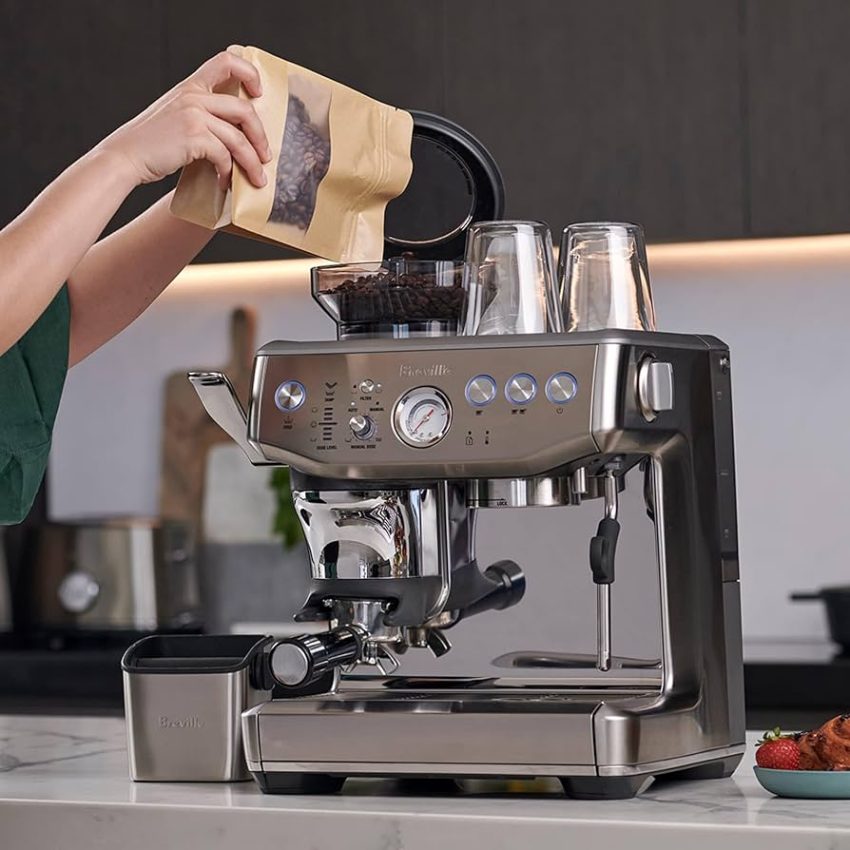A rich, velvety crema is the hallmark of a perfectly brewed espresso, elevating your coffee experience to new heights. Achieving that layer of golden-brown foam is not just a matter of high-quality coffee beans but also the right espresso machine. Several key properties of espresso machines ensure the consistent creation of perfect crema, making them indispensable for coffee aficionados seeking a café-like experience at home. First and foremost, pressure is critical in the espresso-making process. Crema is formed when water, at high pressure, forces oils and gases out of the coffee grounds. Most espresso machines are equipped with a pump capable of delivering between 9 to 15 bars of pressure. The optimal pressure, typically around 9 bars, extracts the coffee’s oils without burning or over-extracting the grounds, which could lead to a bitter taste or weak crema. Machines with precision pressure control allow baristas to fine-tune this element, ensuring consistency across multiple shots of espresso. Water temperature is another crucial aspect that impacts crema quality.

For an ideal extraction, the water must be between 195°F and 205°F. If the water is too hot, it may scald the coffee, leading to an unpleasant taste and reducing crema. On the other hand, if the water is too cool, the oils would not be properly emulsified, resulting in a thinner, less satisfying crema. Many high-end espresso machines feature temperature stability controls, maintaining consistent heat throughout the brewing process, which is essential for achieving crema-rich espresso shots. This precision is often achieved through dual boilers or heat-exchanger systems, preventing fluctuations in temperature that could otherwise affect crema quality. Another important feature is the quality of the machine’s portafilter and group head. A well-crafted, durable portafilter ensures even water distribution across the coffee grounds, promoting uniform extraction, which is vital for a balanced espresso with good crema. The group head, which directs hot water into the portafilter, should be made of materials like brass or stainless steel, which retain heat efficiently, further aiding in consistent temperature control.
The grind size of the coffee beans also plays a significant role in crema formation. Espresso machines with built-in grinders offer users the convenience of customizing the fineness of the grind. A finer grind generally leads to better crema, as it increases the surface area for water to extract oils from the coffee. However, it is crucial that the machine maintains even pressure during extraction, as too fine a grind can clog the portafilter, while too coarse a grind would not create enough resistance, resulting in weak crema. Machines with adjustable grind settings allow users to experiment with grind size to achieve optimal results for different types of beans. Testbericht von Espressogenuss Machines equipped with efficient pumps ensure that these elements are released in a controlled manner, resulting in a thick, creamy layer. In summary, achieving perfect crema is a delicate balance of pressure, temperature, grind size, and machine components. A well-built espresso machine with features like precise pressure control, consistent temperature stability, and customizable grind settings will consistently deliver that sought-after golden layer of crema, transforming your coffee into a luxurious experience. Whether you are a casual drinker or a coffee connoisseur, investing in a quality espresso machine will enhance every shot and elevate your overall coffee experience.




